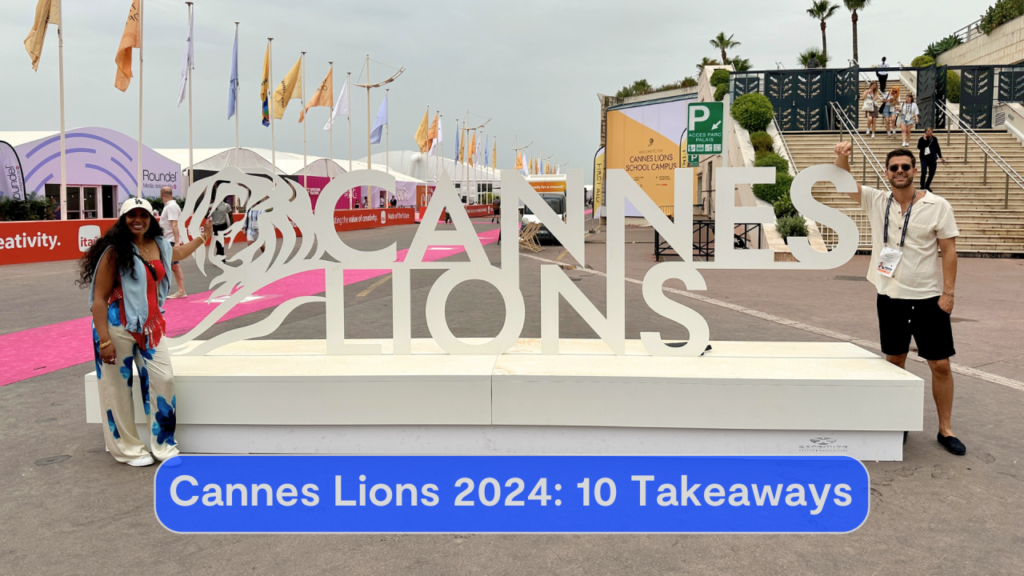
The Shift to Omnichannel Marketing
Unlock the Power: Master and Merge Different Marketing Channels for Winning Campaigns In today’s digital... Read More >>

The TikTok Chronicles: National Security Risk or Silly App?
President Biden just gave the green light to the “Peace Through Strength Act” on April... Read More >>

The Psychology of Sustainable Consumer Behavior: Strategies for Marketers
Today, we're diving deep into the fascinating world of the psychology behind sustainable consumer behavior... Read More >>

Kiwi Branding Insights: Trust, Transparency, and the Power of the Silver Fern
In his latest episode, Go Global co-founder Sebastian Naum chats with David Downs to uncover... Read More >>

Social Media Marketing at the Paris 2024 Olympics: Iconic Moments and Key Takeaways
The Paris 2024 Olympics have wrapped up, but the buzz around some of the most... Read More >>

10 Quick Takeaways From Cannes Lions 2024
Sebastian Naum🎙 Conscious Entrepreneur | Co-Founder of Go Global Agency & Socketbox Media | Top... Read More >>

How to Measure ROI & Value Earned From Influencer Marketing
We’ve been flooded with questions about influencer marketing, so we’re kicking off a blog series... Read More >>

Wellness Brand Marketing in 2024: Strategies & Tactics for Maximum Conversion
As the wellness industry continues to grow, 2024 presents new opportunities and challenges for brands... Read More >>

Let’s Talk TikTok Affiliate Program and How Your CPG Brand Can Supercharge Growth
In the ever-evolving digital landscape, staying ahead of the curve is crucial for brands seeking... Read More >>

The Ultimate Luxury Marketing Strategy For Midsize Businesses
In the competitive world of luxury marketing, midsize businesses often find themselves at a crossroads.... Read More >>
